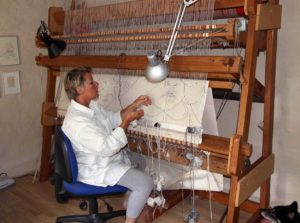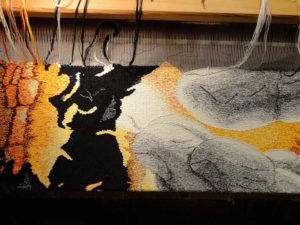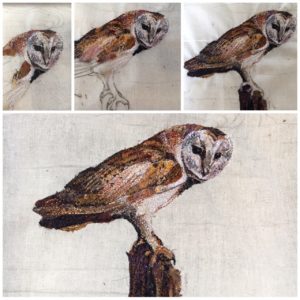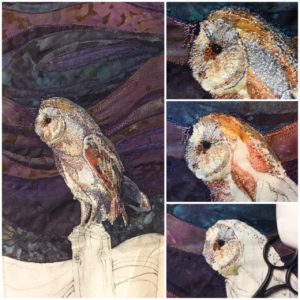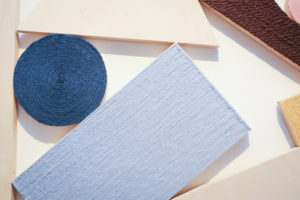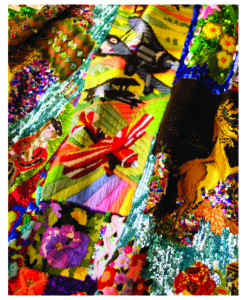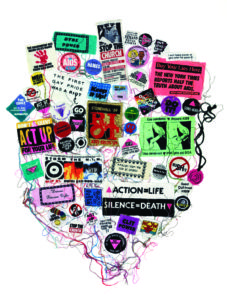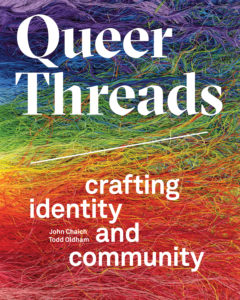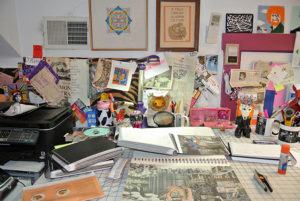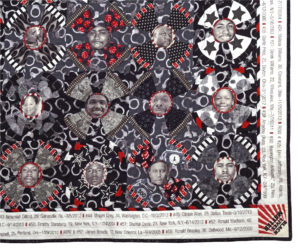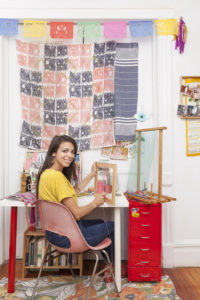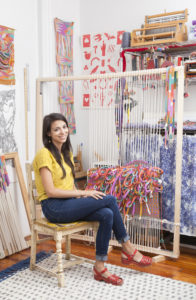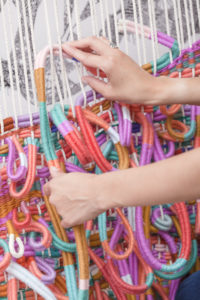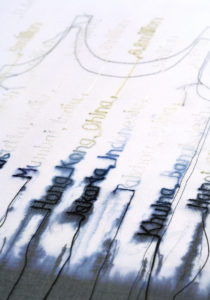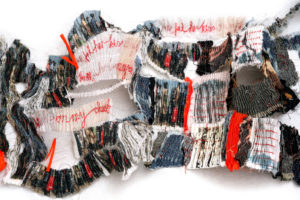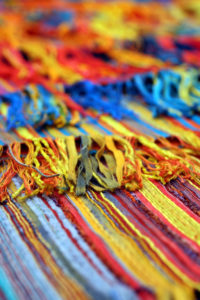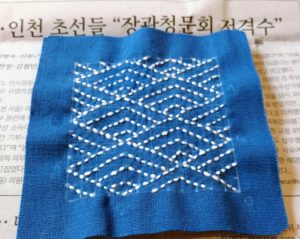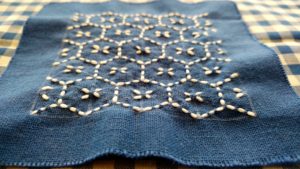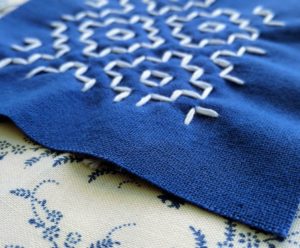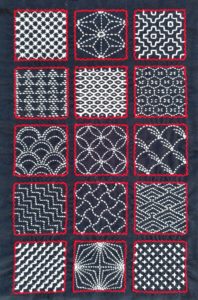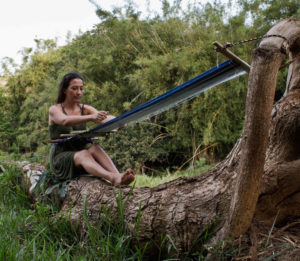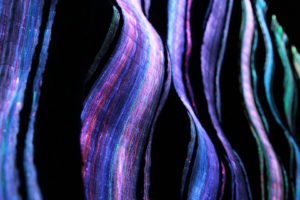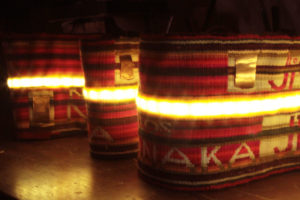May 22, 2017
In
Art, Textile Art
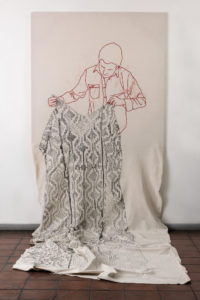
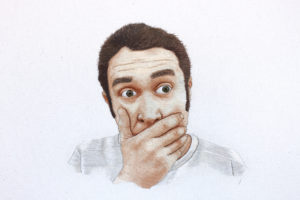
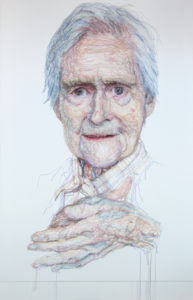
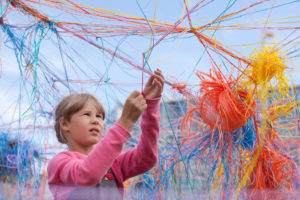
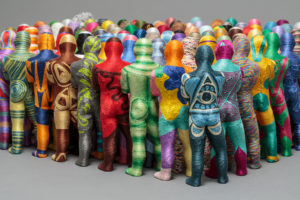
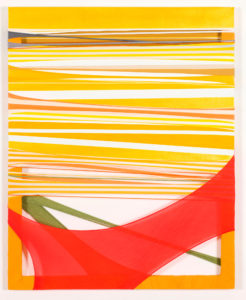
The Textile Biennial 2017 is now in it’s fifth year and features 24 international artists. It is incredibly varied including textile techniques such as knitting, embroidery and weaving.
Work shown above is:
Cristiàn Velasco, País Soñado (Country Dream), 2013, embroidery on cotton, 500 x 150 cm. Photo: Cristiàn Velasco
Murat Yildiz, Detail I Can’t Speak, 2015, thread on canvas, 50 x 70 cm. Photo: ©Murat Yildiz
Jenni Dutton, Dementia Darning: Mum rubbing her hands, 2012, wool threads, fine netting, canvas, 130 x 90 cm. Photo: Rupert Mardon
Karoline H Larsen, Collective Strings, 2014. participatory installation three days, Helsinki Festival, Finland. Photo: Anu Pynnönen
June Lee, Detail Bystander, 2016, thread on plastic cast, 24 x 5 x 4 cm each figure. Photo: Myoung Studio
Daun Jeong, Fabric Drawing Yellow Lines, 2016, fabrics, frame, acrylic on canvas, 90.9 x 72.7cm. Photo: ©Daun Jeong
The exhibition runs until the 24th of September at Museum Rijswijk, Herenstraat 67, 2282 BR Rijswijk, The Netherlands and is open Tuesday to Sunday, 11am -5pm.
For more details visit www.museumrijswijk.nl
